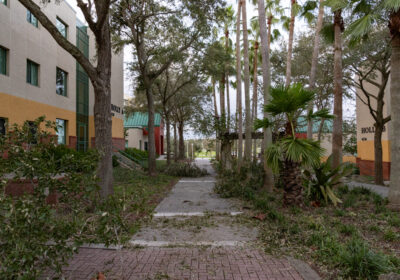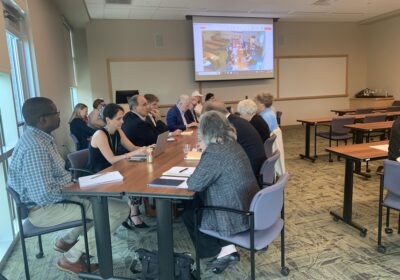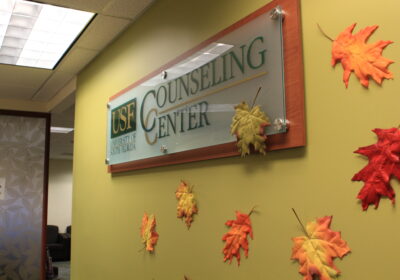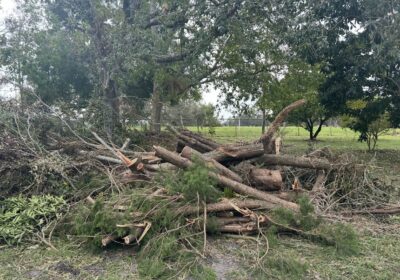Asbestos warning stirs little concern
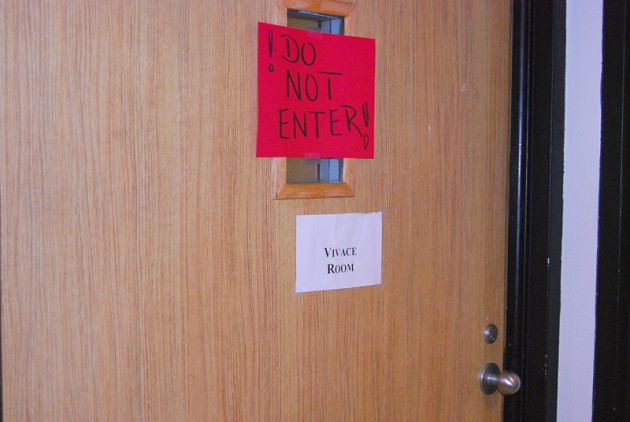
Maintenance staff discovered that a hole in the ceiling tile of a music practice room contained exposed asbestos — an insulating material that can cause cancer through long-term exposure.
Because there was a hole in the tile, the asbestos insulation around pipes could have spread in the air, prompting officials to indefinitely close music practice room 105 F last week.
Officials said the asbestos was not airborne, but closed the room to prevent students, faculty and staff from disturbing the fibrous mineral and spreading it in the air.
School of Music officials told students to stay away from room 105 F — the only practice room of the 40 in the wing with specialized software — in an e-mail Monday. The room has been locked.
It’s unclear, however, how many students are affected, as few said they use the software.
The room, known as the Vivace Room, contains a piano and a computer with Vivace software. This program allows students to practice with recorded accompaniment, said School of Music Director Wade Weast.
Weast said Physical Plant, USF’s maintenance and repair division, told the music department there is not enough money in the maintenance budget to fix the problem, but he’s not too concerned.
Weast said the practice room has a separate air duct, so even if the asbestos were airborne, it would not get into the other rooms through the air-conditioning system.
“It’s easy to take offline a room so small,” he said. “It’s a minor inconvenience. If handled correctly, it shouldn’t be a problem.”
Weast also said he is not concerned with repairing the old building, as a new music building is anticipated to open in 2010.
“We want to make sure the building is in good condition and is safe, but we are leaving soon,” he said.
USF spokesman Michael Hoad said USF doesn’t often remove asbestos, as the chemical is usually stable unless disturbed.
The Environmental Protection Agency recommends that in a case like this, the asbestos — often found in pipes to preserve heat — should be blocked off and left alone, said Environmental Health & Safety Compliance Manager Charles Brown.
Airborne asbestos, Brown said, can cause several diseases if exposure is long-term. However, one-time exposure is not very harmful.
Asbestos-caused ailments include asbestosis, a non-cancerous disease in which asbestos fibers stick to the lining of the lungs and cause scarring over time. Mesothelioma is an uncommon cancer caused by asbestos exposure.
With mesothelioma, Brown said, asbestos reaches the lungs and the abdomen surrounding them. This causes thickening of the lungs, which makes it harder for a person to breathe.
“It is unlikely that someone with incidental exposure will result in a disease,” he said. “And it won’t show up in most people for about 30 years.”
If the asbestos were disturbed, one of three contractors used by USF would remove it, Brown said. When removed, it’s put in a plastic capsule so it can’t spread in the air.
Some students said the room’s closure isn’t a major inconvenience.
“I don’t know if the software even worked anymore,” said sophomore music studies major Julia Pawling, who used the room frequently for practice.
John Rodriguez, a senior music education and jazz major, said he has only used the Vivace room once or twice in his five years at USF.
“It was a big thing, but it’s not nearly as big anymore,” he said.

